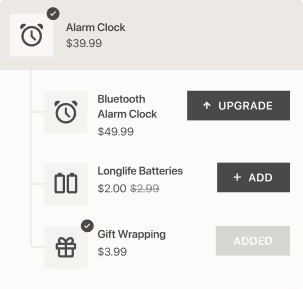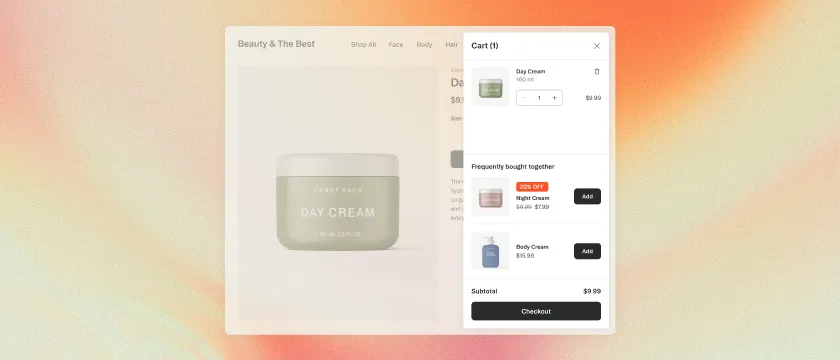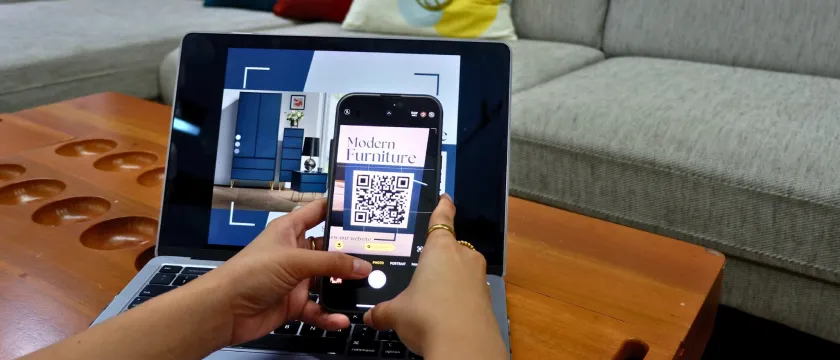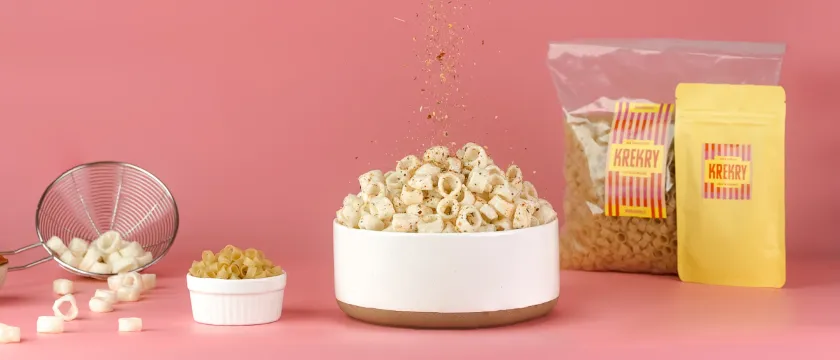If you are an app developer or agency in the Shopify ecosystem, you probably heard that one of the ways to grow your business is through partnerships and collabs. It's recommended in so many articles, videos, and even at offline events like conferences.

We are a Shopify app developer, an agency, and a merchant, so I thought I would share my view from this unique perspective. Partnerships can work, but you need to choose the right partners and be mindful about your time/resources.
1. E-mail blasts
These never worked for us because the e-mail placements are usually irrelevant and somewhere at the bottom.
"Add our app to your e-mail list, and we'll do the same on our side."
In general, people just don't read e-mails. Another problem is that the e-mails collected during app installation are often from the Shopify business owner, who may not be interested in the app stack. What you really need is the e-mail address of the e-commerce manager or agency managing the store. We also don't like "spamming" our users by offering a third-party app.
Luckily, this type of partnership has become less common because everybody realized it doesn't work and just irritates the merchant.
2. In-app recommendations
The in-app recommendations work on the premise that each partner will add the other partner's app to the recommendations section within their own app.
"Add our app to your in-app recommendations section, and we'll do the same."
In theory, it sounds great and much better targeted than the e-mail blasts because the merchant is already logged in to Shopify and sees your app directly in the admin (assuming both apps are embedded).
But in reality, it doesn't work at all. Merchants just don't want more apps, they don't randomly install apps just to see how it is. They install apps to resolve a specific issue.
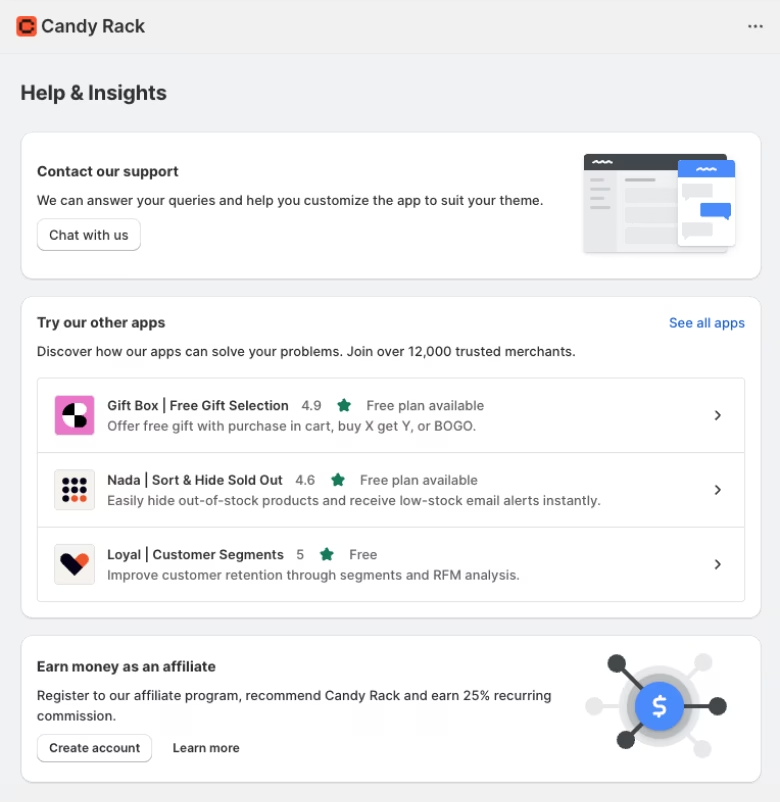
We have a "Help & Insights" section inside the Candy Rack app. As part of the section, we recommend our other apps. The section was viewed 339 times and brought 5 clicks to the Gift Box app listing in the last 30 days. We tried many things to optimize it and tested a similar approach with third-party apps, and it just never worked for us.
The only thing that worked for us was a cross-install, which looked more native and less like a banner/offer. In the past, Candy Rack didn't offer post-purchase upsells, so we were offering Last Upsell via a small link saying "Available via Last Upsell app," and that worked pretty well!
The takeaway here is that no matter how flashy or heavily discounted your offer is, the only thing that matters is its relevance to the merchant's interests.
3. Working with agencies
The idea is to connect with a Shopify development agency and incentivize them to install your app for their clients.
Again, in theory it sounds great, but in reality it's not that interesting. I will be speaking from the agency's POV here.
We get many inquiries as an agency to partner up with app developers and earn commissions on the installs. The problem is that as an established agency, we are working on projects that typically take 3 – 6 months (at least) to go live and cost $50.000+.
Earning a $XX (or even $100+) commission from such a project is absolutely marginal for us, and the number one priority is a happy merchant. We do install and recommend apps, but we only do that with apps that we know are good, and it doesn't matter if we have any commission or not.
The main problem here is that app developers often expect tens of installs per month, while the agency can usually deliver just a few of them (if any) and is not interested in the commission fee model.
4. Link exchanges
"Add our app to your blog/site, and we'll do the same."
The idea is to add a link to another developer's app on your site/blog and have them do the same. In theory, you are getting two potential benefits: a chance for referral traffic and a chance to improve your app rankings in SERPs thanks to a backlink.
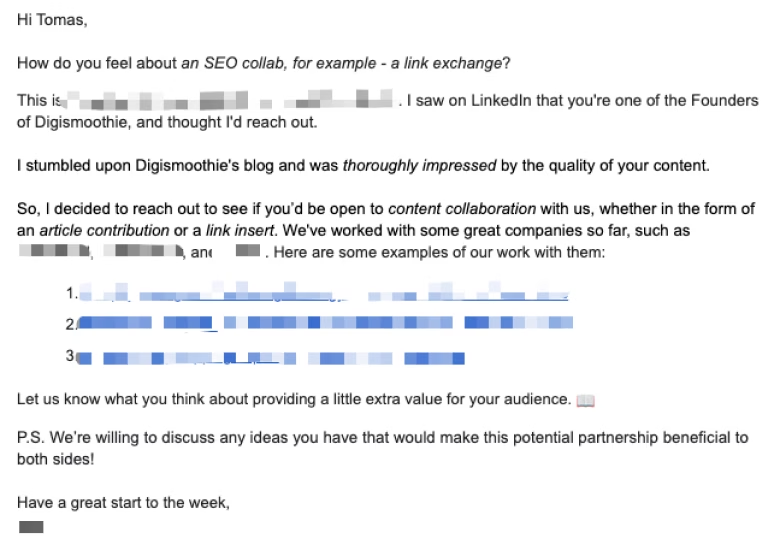
In the world of modern SEO, I am really surprised these requests are still very frequent, and we do receive them on a daily basis. On the other hand, they are easy to handle and you don't risk anything.
We always link to the "apps.shopify.com" domain and never directly to another party's domain to keep our own domain "clean." It doesn't make sense to "compete" with the "apps.shopify.com" domain.
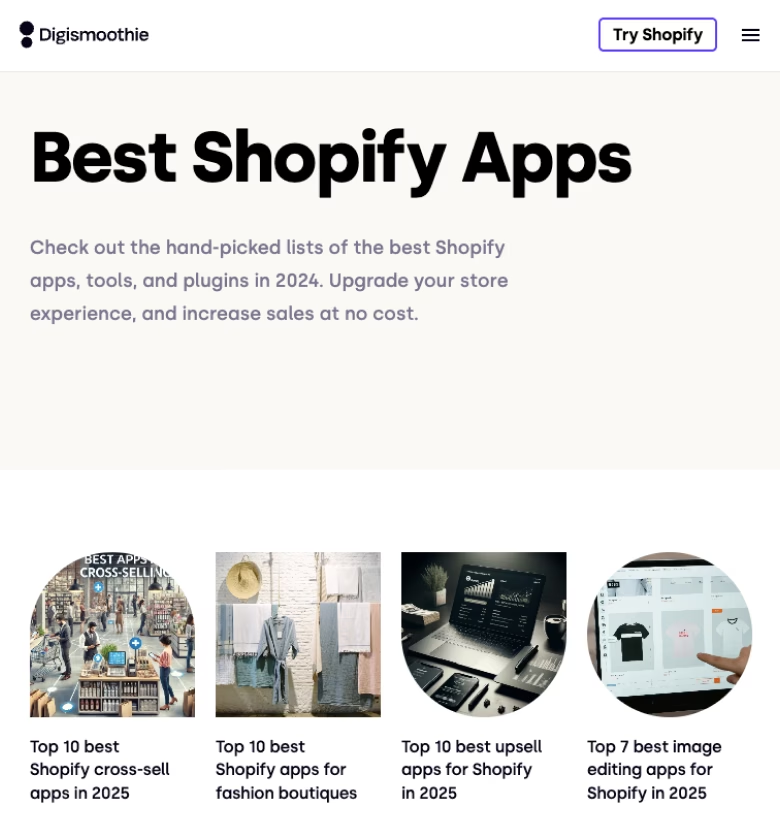
To make this easier on our site, we created the "best apps list" and "app reviews" sections on our site. They rank well organically in Google and drive partnership leads.
In the AI era, you may add a little twist. Go to your favourite LLM (i.e., ChatGPT) and ask "what are the best apps for upselling on Shopify?". Once you see the results, they come from the source, which is typically a "best apps list". If you don't see the source, just ask the LLM how it got to these recommendations and to share the source.
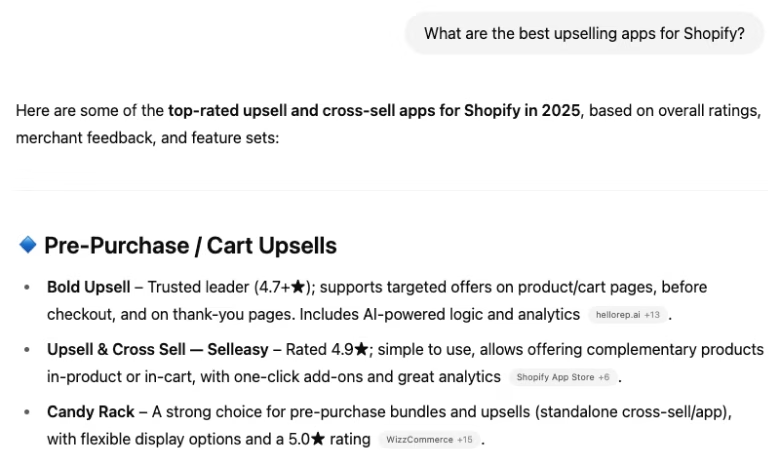
Now you should review the list and contact the site owner with the request to be listed. Don't forget to include where you can list the site owner's app/service in exchange, so they are likely to respond and accommodate your request.
5. Integrations
Making apps compatible with each other is a great opportunity to win organic and referral traffic. But don't try to integrate with everyone, pick your partners carefully, and where it makes sense.
For example, with Candy Rack, we are now working with Intelligems, an A/B testing category leader, so both apps are compatible, and merchants can use Intelligems to A/B test Candy Rack offers.
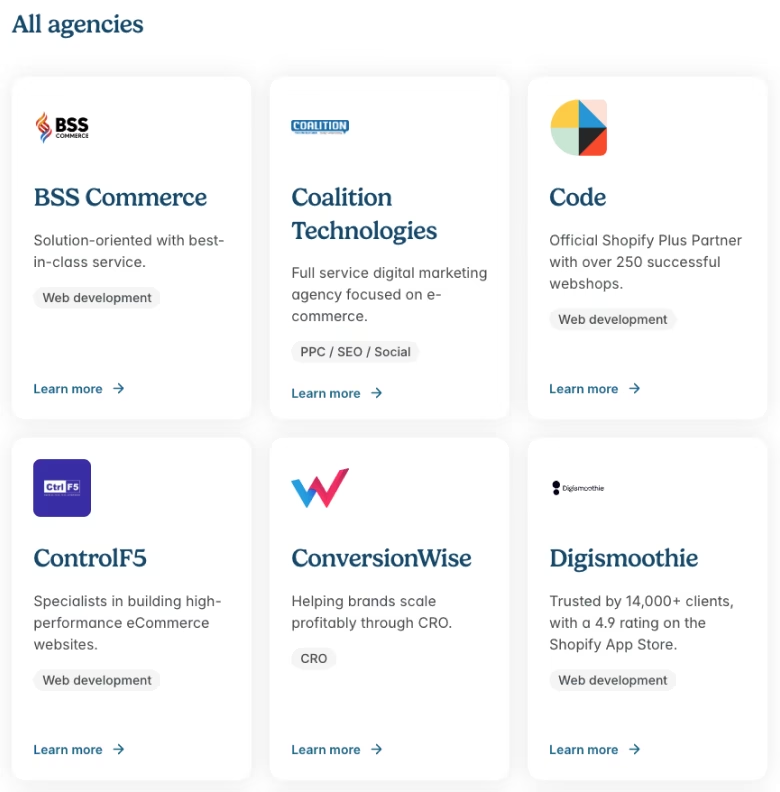
Similarly, with Judge.me, a number one tool for Shopify reviews. Once we finish the integration, our merchants will be able to display ratings from Judge.me as part of the Candy Rack offers.
The larger tools typically have their partner directory, where you can be listed once you finish the integration. Same as the link exchange, the partner directory can be a valuable source of backlinks.
6. Affiliate program
Affiliate marketing is based on the premise that your partner (publisher) will recommend your app to a merchant and, in exchange, will get a reward, which is typically a revenue share commission.
This channel is becoming increasingly important, as paid acquisition is more expensive than ever, and it's also much harder to gain recognition in the crowded Shopify App Store.
For us, affiliate is currently the best acquisition source because the installs have a great retention and they are converting twice as high as other sources (i.e., Shopify Ads) and are significantly cheaper.
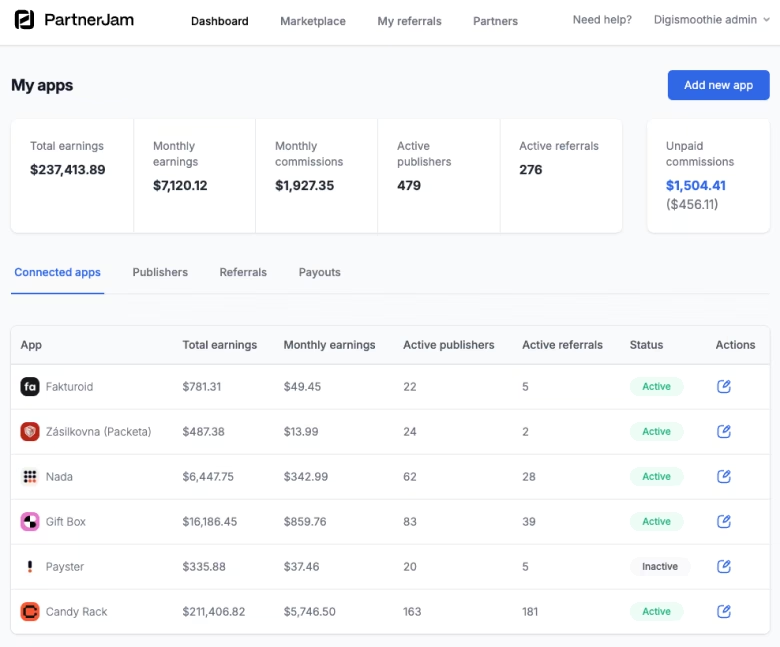
We are using our own platform called PartnerJam, which has reliable attribution because it's directly integrated with Shopify Partner API and does not use the old-school cookie attribution.
Our partners deliver us roughly $7.000 worth of app revenue every month (and growing), and we have several publishers who make a couple of thousand in commission on a monthly basis. All of them came organically, either from our app offer or our partner page.
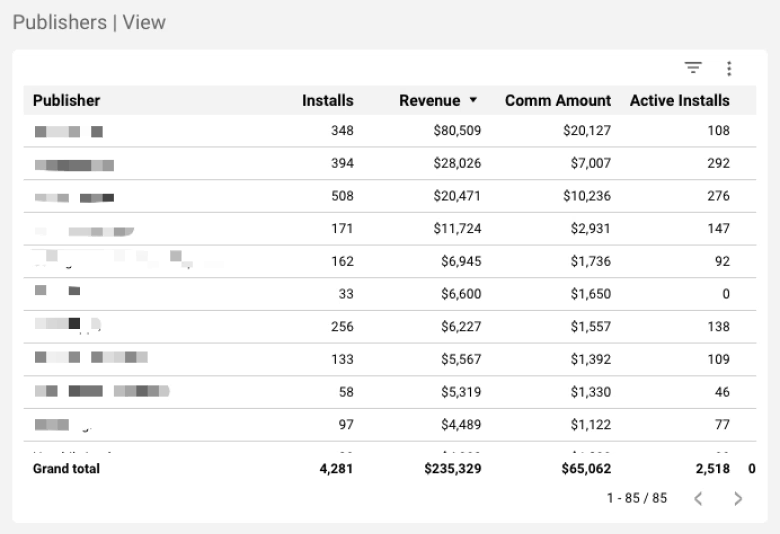
Our commission model is 25% of app revenue for the lifetime of each merchant they refer, which is sort of a standard. For example, if the merchant pays $100 to us, we give out $25 to the partner each month.
Conclusion
As of today, we have 15,000+ merchants who have installed our apps. The number one recommendation for getting there is to build a great product that merchants actually want to use. Partnerships can certainly help, but they don't make sense if your product isn't good enough.
Please keep in mind that if some of these tactics don't work for us, they can still work for you.
This is an extended and updated version of my original LinkedIn article, which was inspired by Slav Stankov's Medium post about the same topic.











